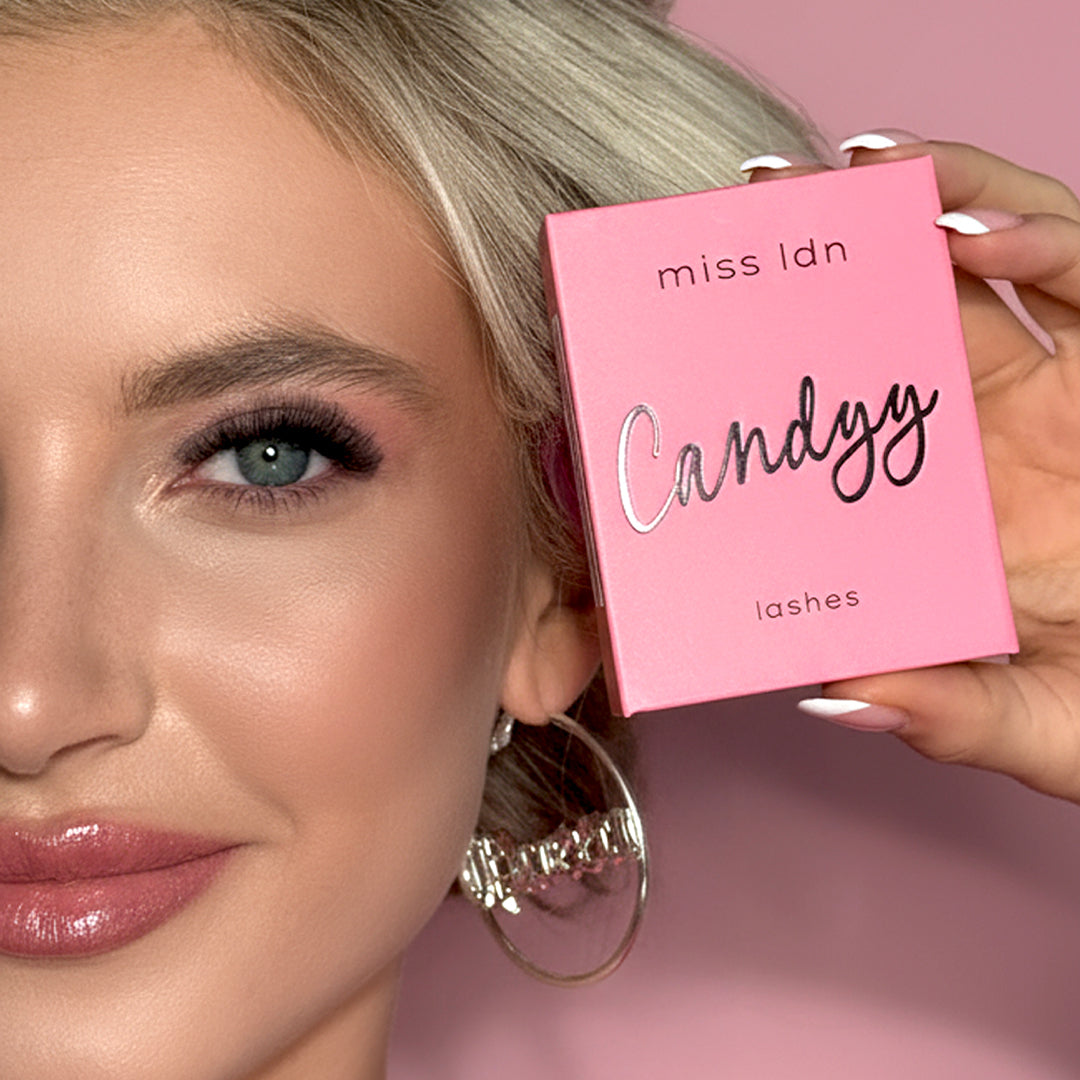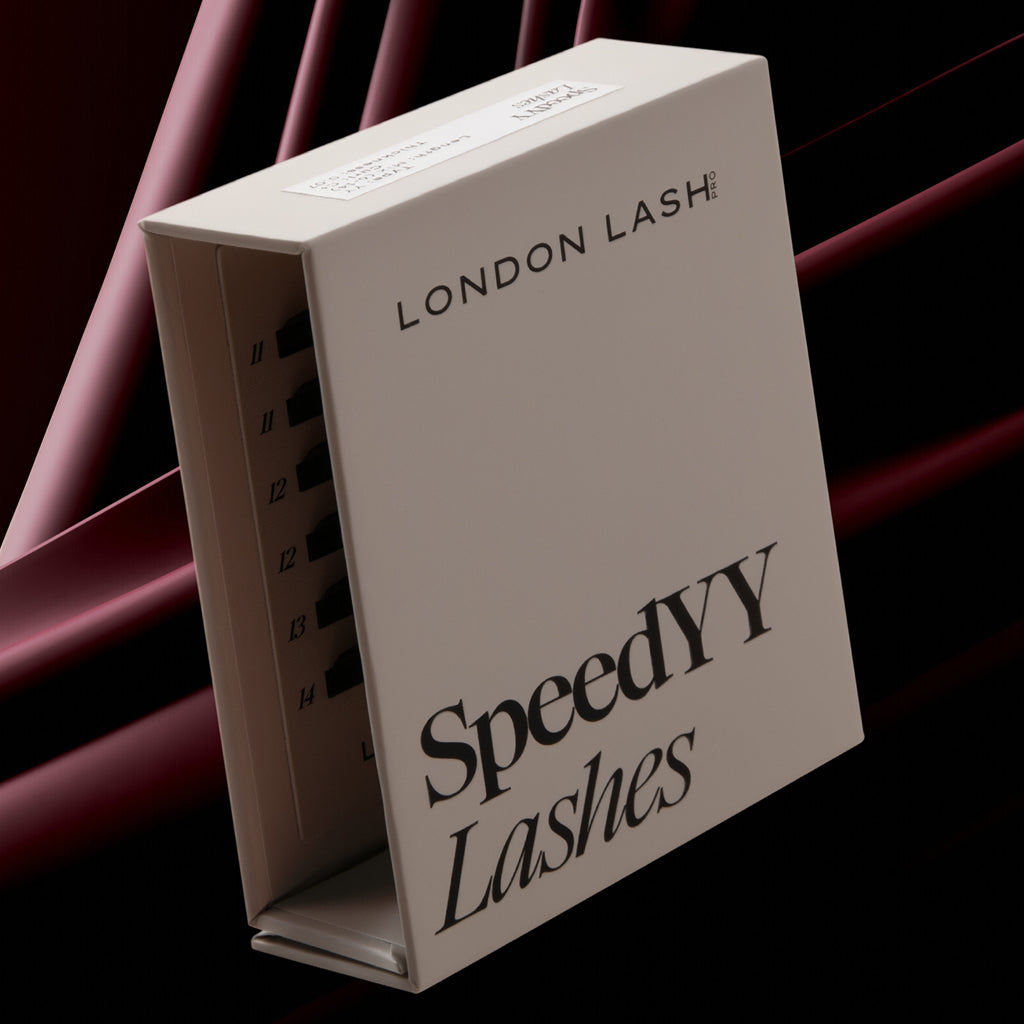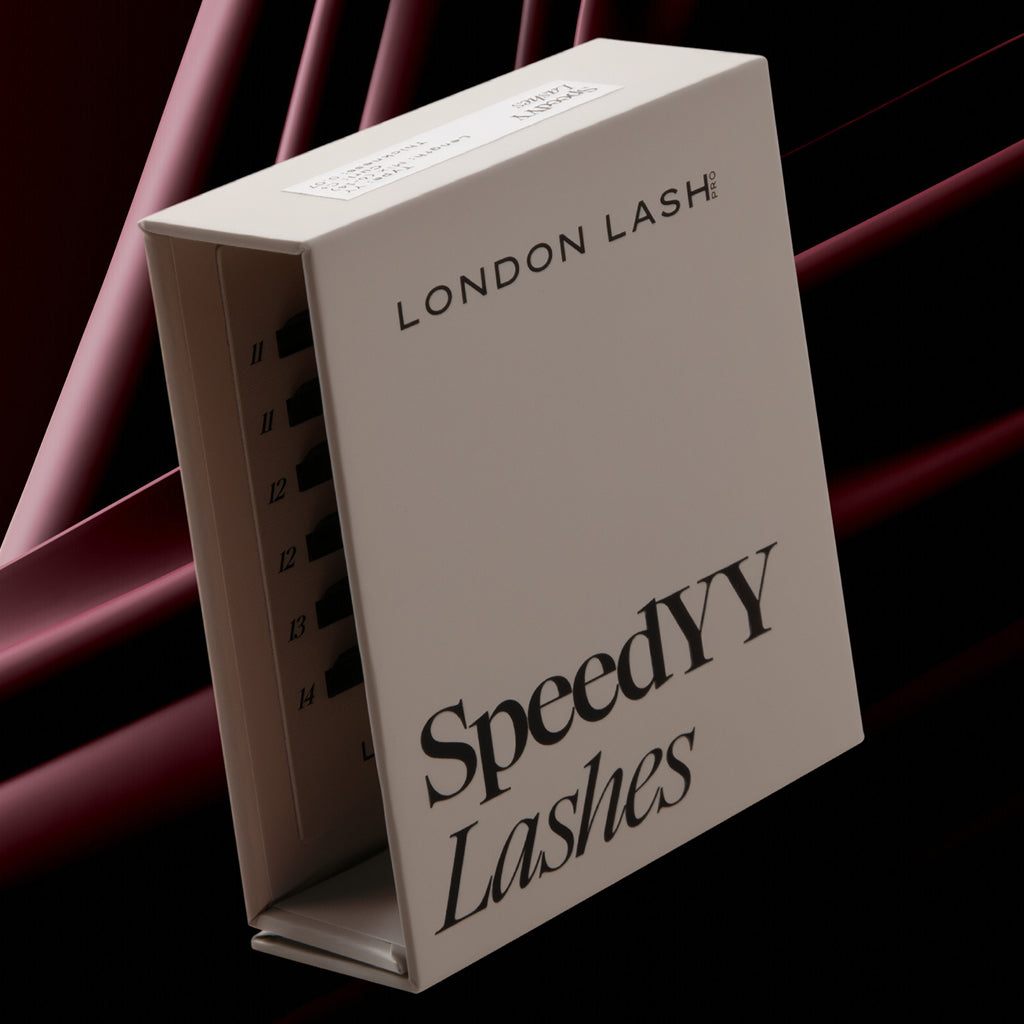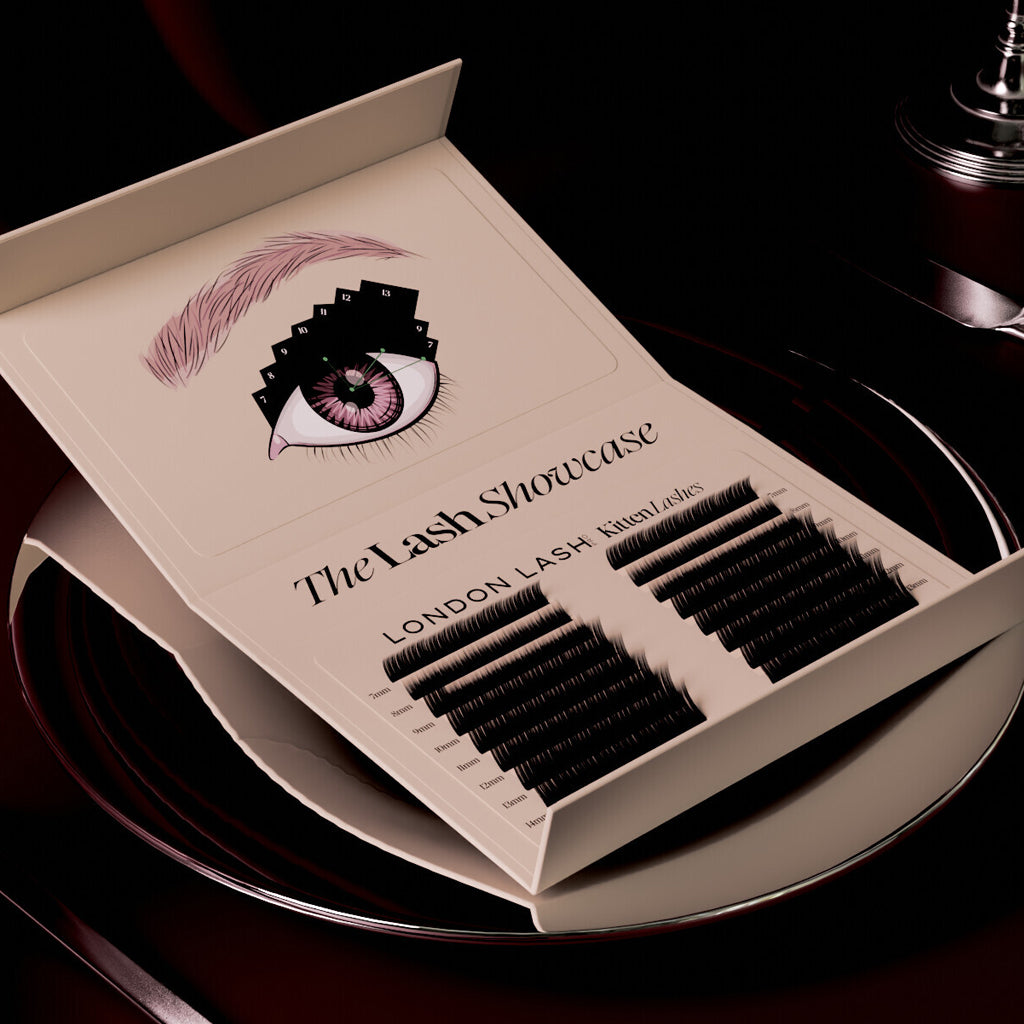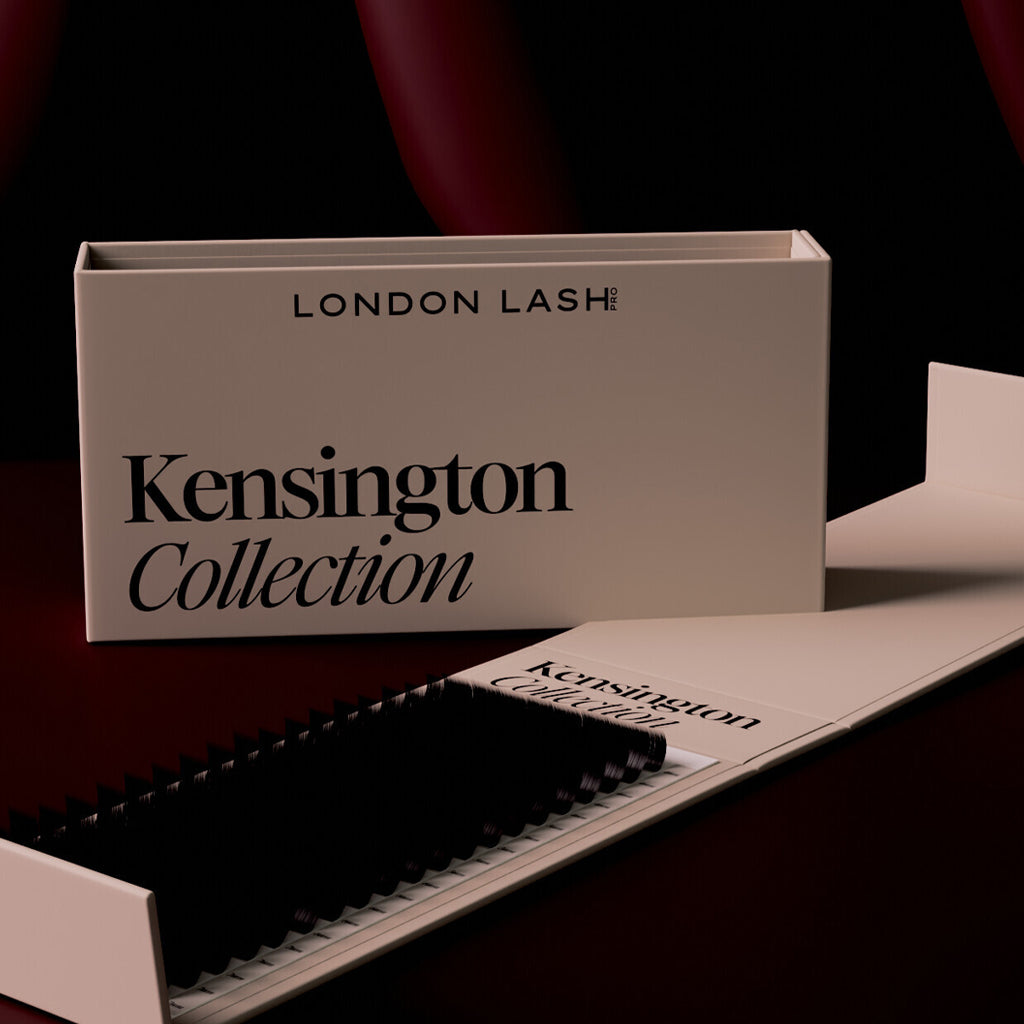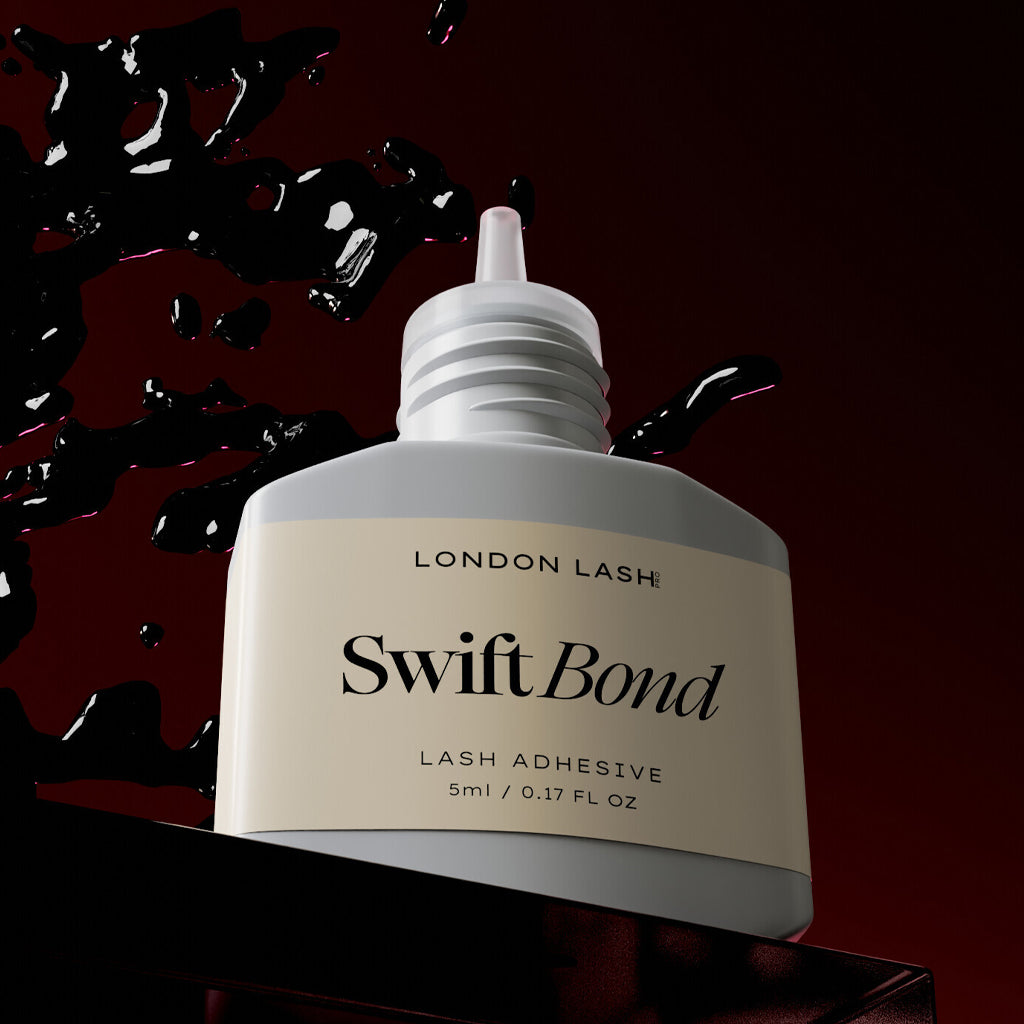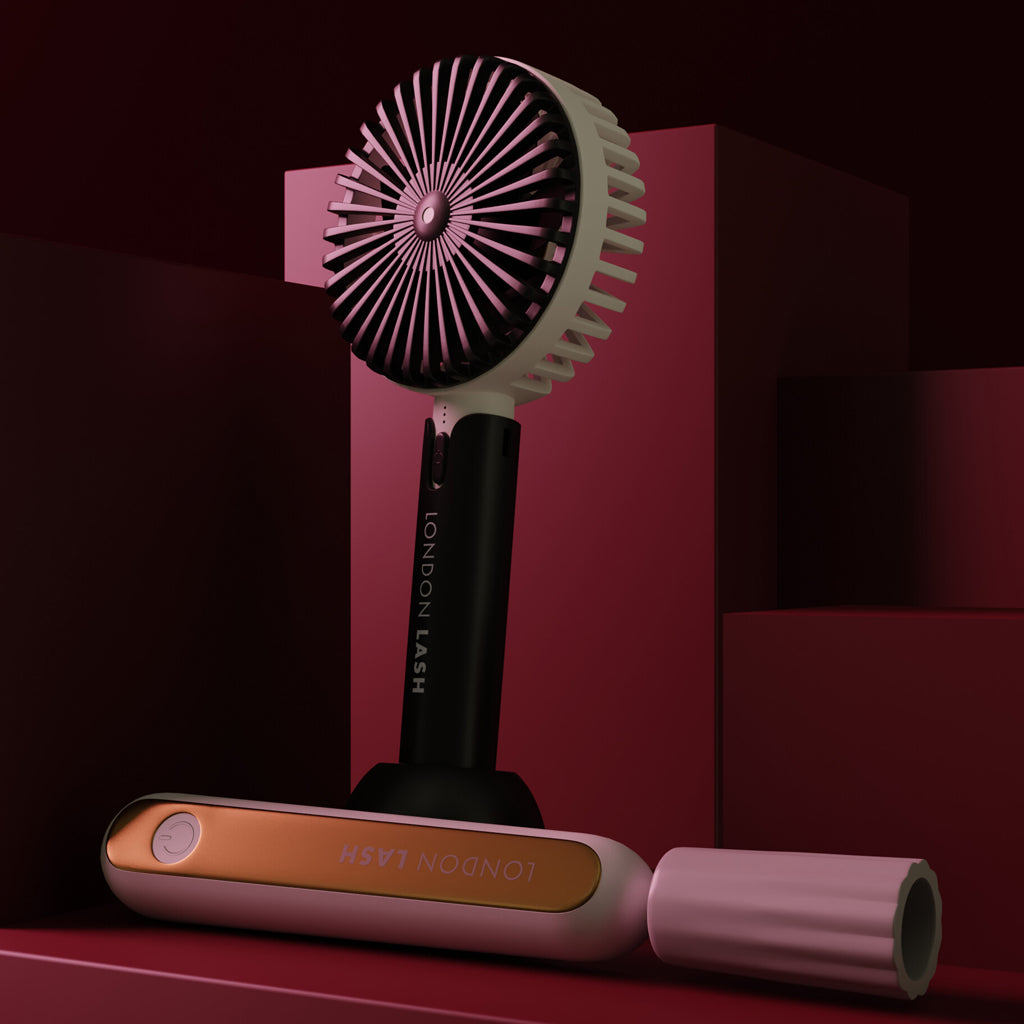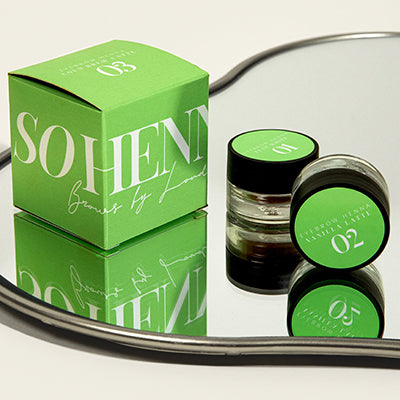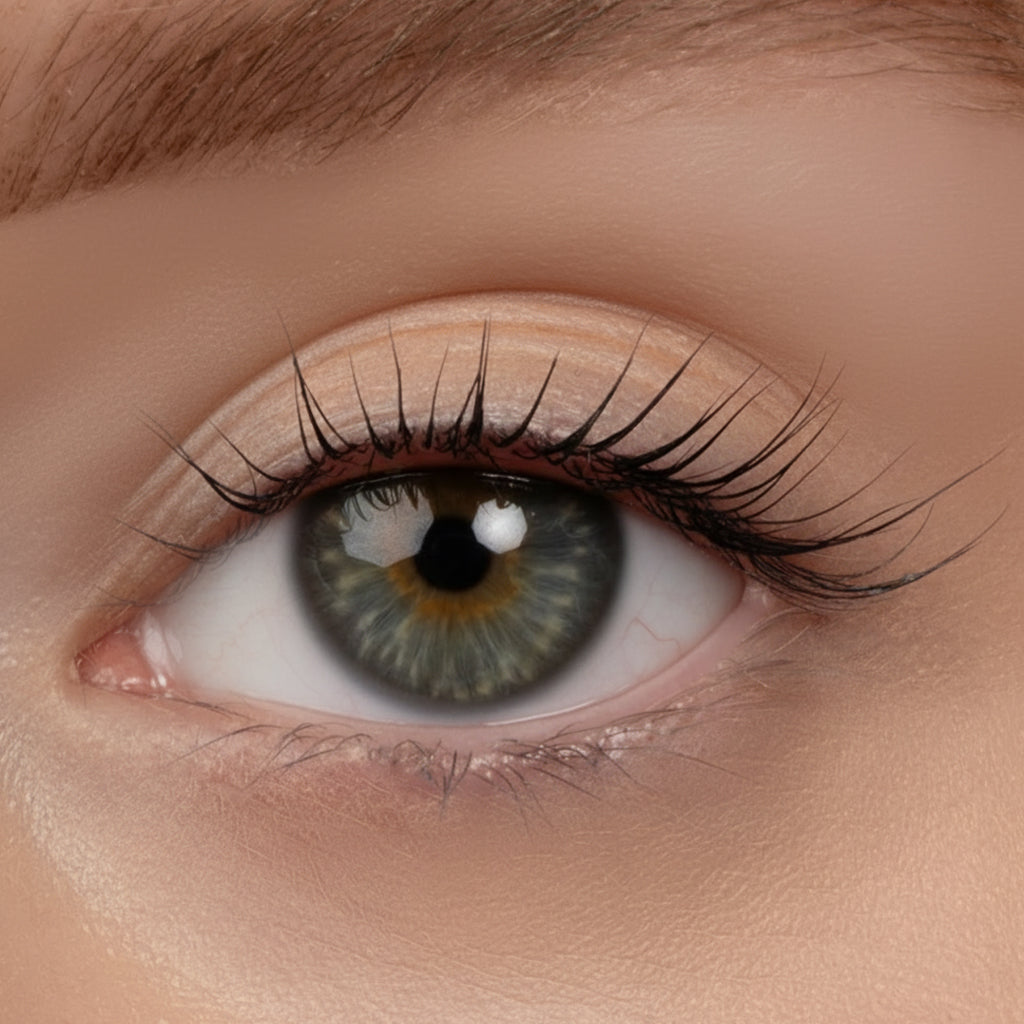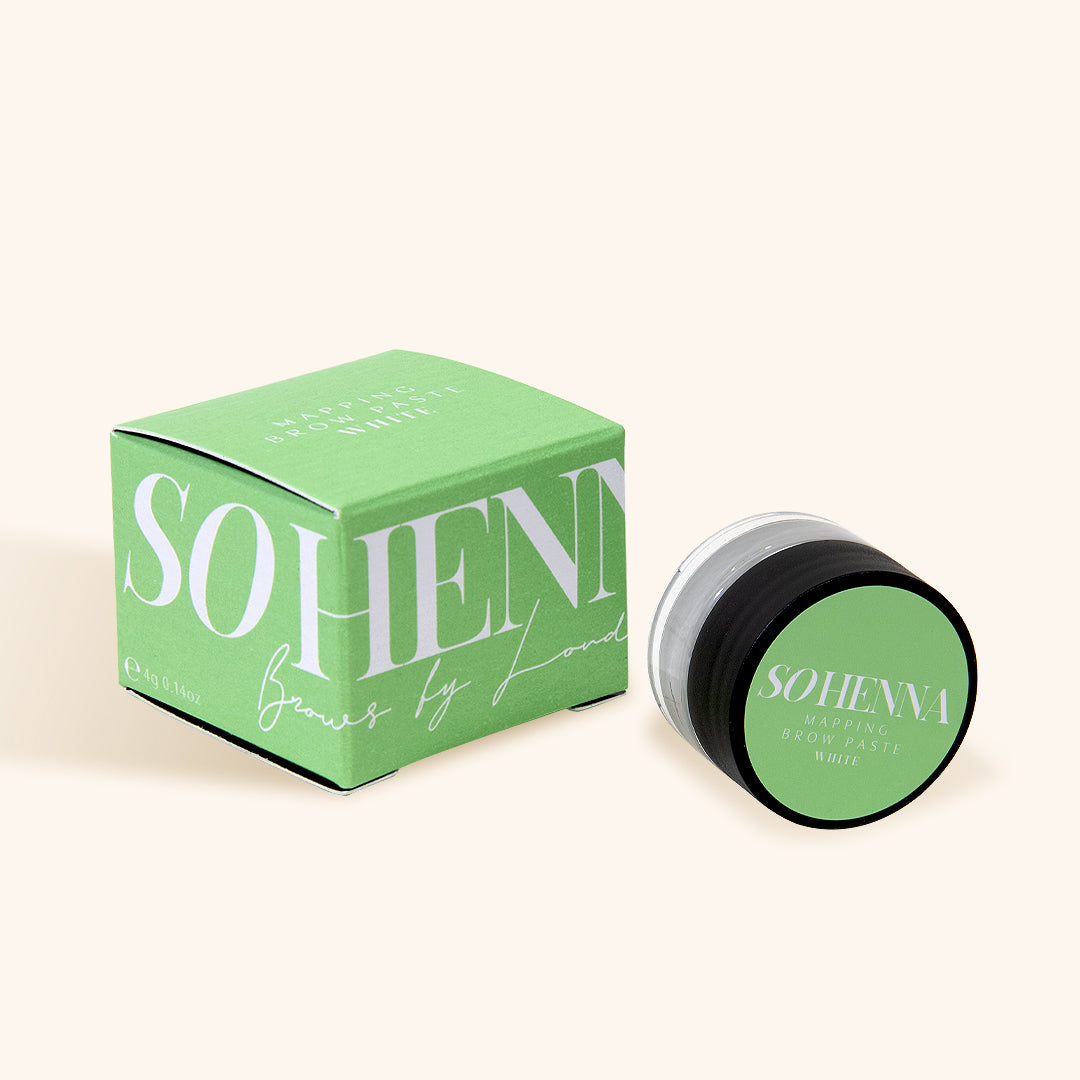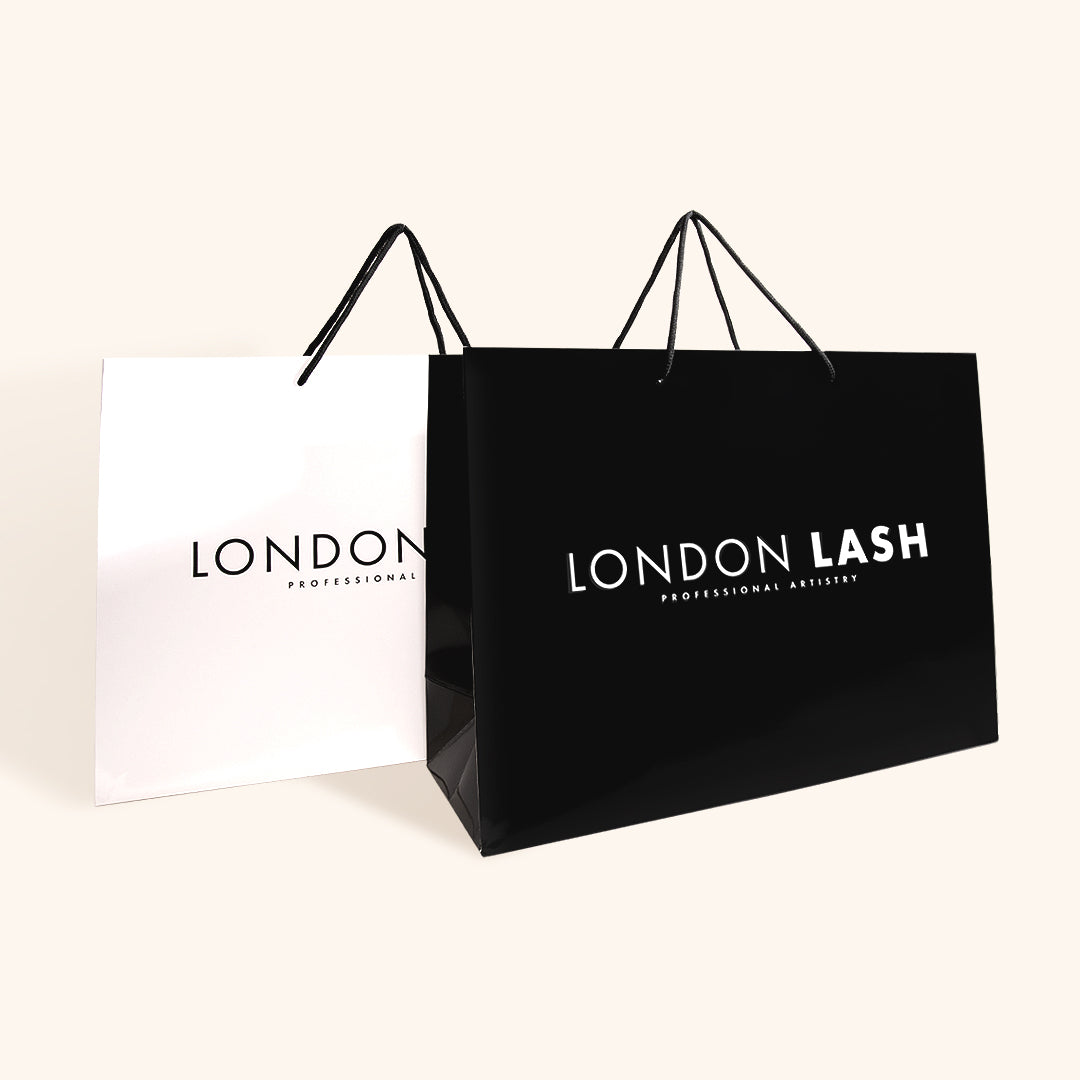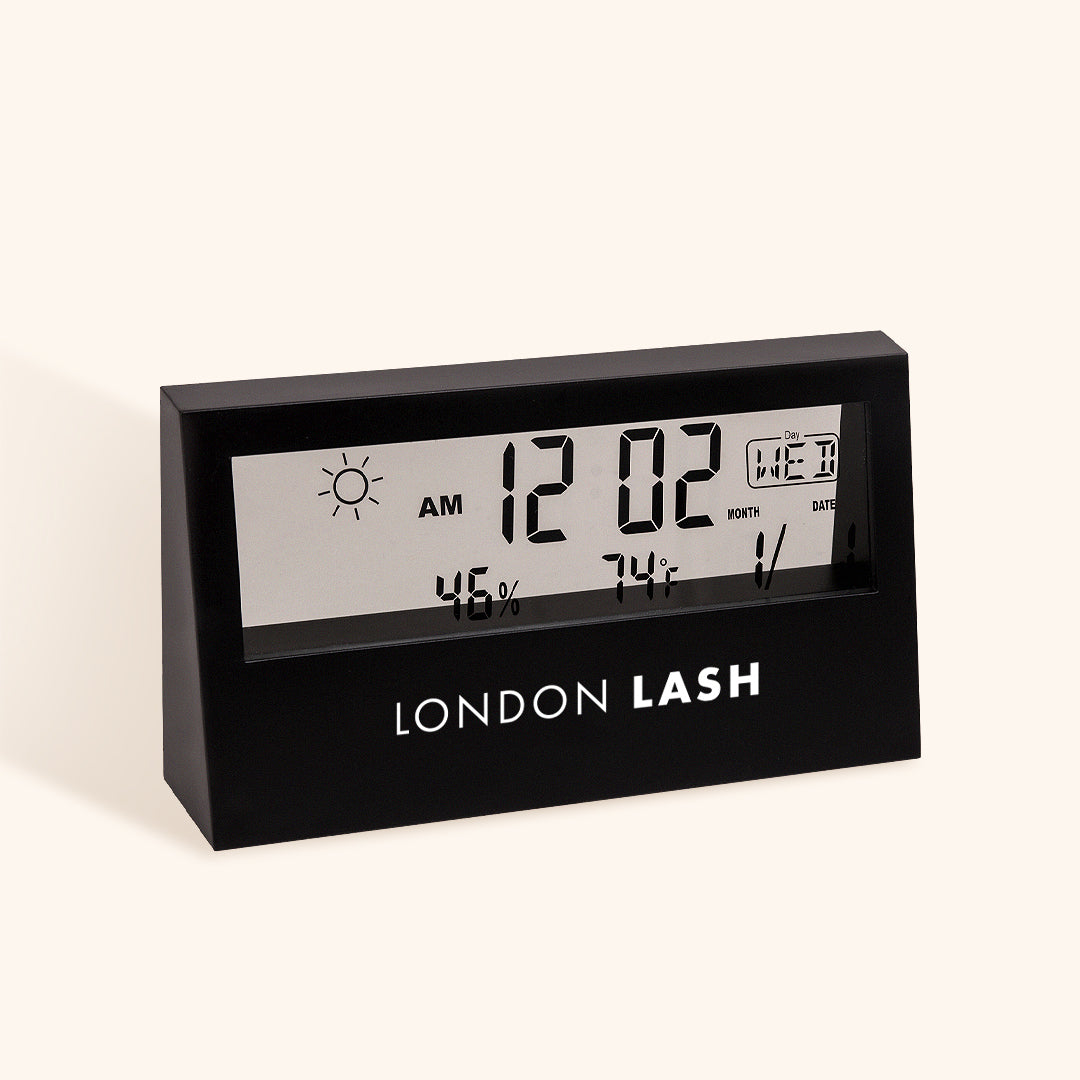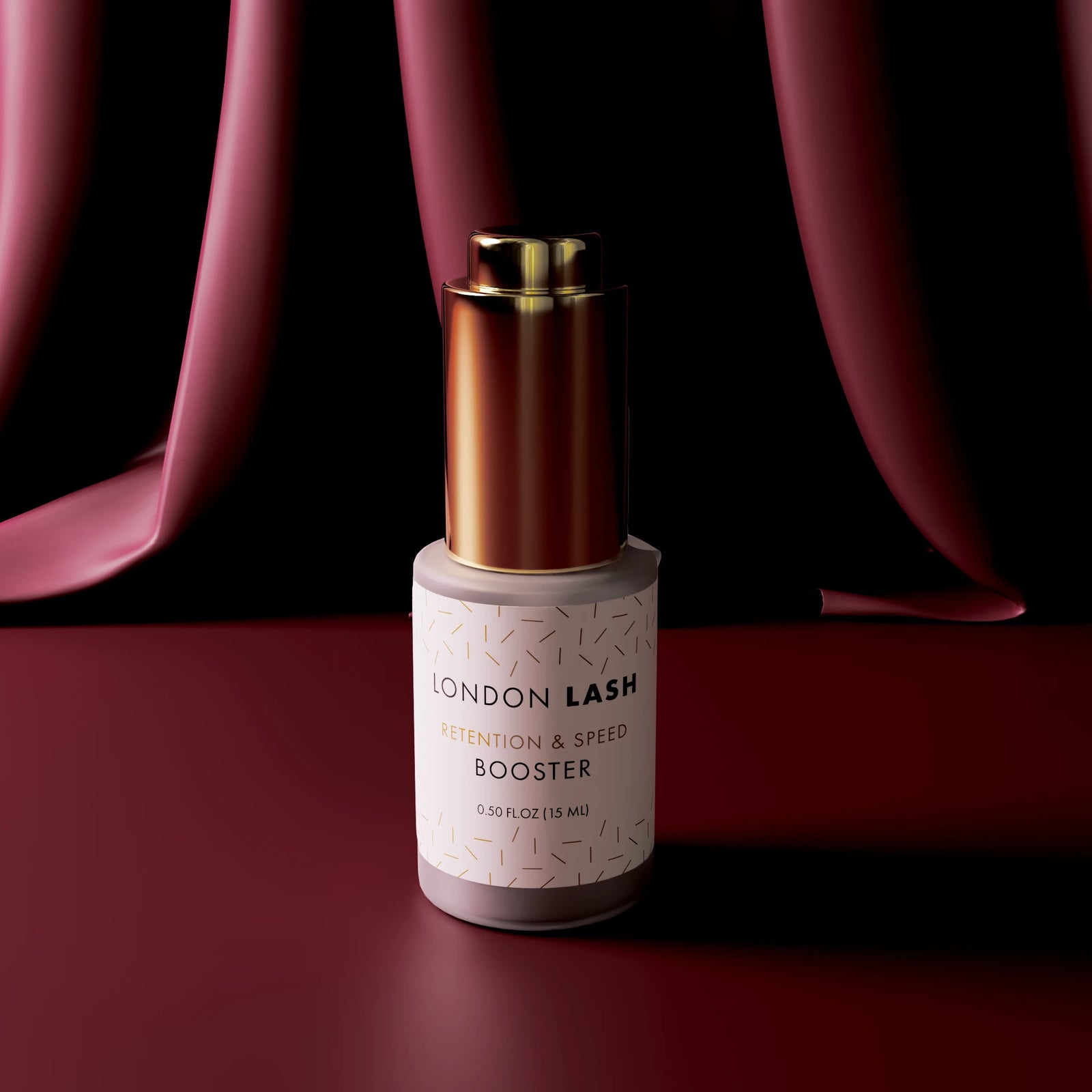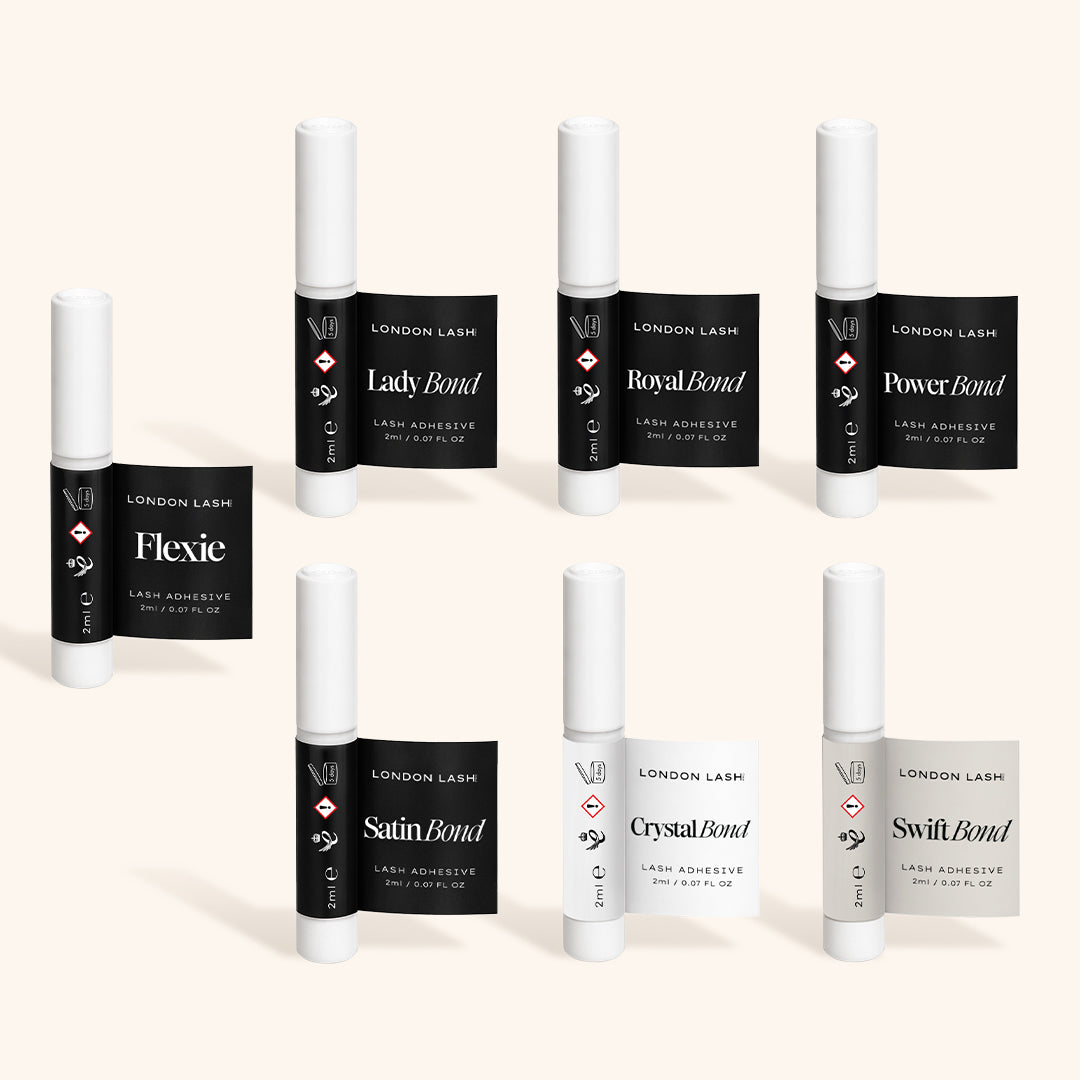Glues & Liquids
Eyelash Extensions
ACCESSORIES
So Henna
EYEBROWS
ONLINE TRAINING
Save up to 70% Off
Top Myths About Lash Extension Retention
March 10, 2021 4 min read

Retention Issues? Let's Discuss Some Myths
When a client books in for an infill session on their eyelash extensions, as a Lash Technician you are prepared to perform a shorter more concise treatment. Infill sessions take less time as you're only filling in gaps where the natural eyelashes have simply fallen off and new ones grown in. But, a serious issue is when a client comes in with less than 10 lash extensions on each eye and still wants an infill. This is impossible, it would take you as long as a normal full lash set session to fix this problem. It is important to explain to the client that their retention was poor and you cannot simply perform an infill, but you will do your best to fix the situation.
Now it’s time to attempt to work out what’s gone wrong here - you can ask your client some of these questions to better understand the issues: ‘Did you get your lashes wet within the first 24 hours?', 'Did you visit any spas?', 'Did you wash your lashes daily with the Lash Shampoo I provided you with?', 'Have you been playing with them?', 'Did you use the oil free makeup I told you about?', 'Have you brushed them daily with a Mascara Wand?’ Finding out the answers to some of these questions will let you know if the client did anything directly after the lash treatment to affect the retention time of their lash extensions. But, if this was not necessarily their fault, as Lash Artists we should try to understand what we did wrong in the process for their lack of lash retention, and most importantly, how to correct this.

LET’S TALK ATTACHMENT!
It is so important to be detailed when attaching the extension to the natural lash - remember a good attachment area is between 2 - 4mm from the base of the natural lash, compared to a poor attachment, which is anything below 1mm. Meaning that your lash fan is likely to brush off only a couple of days later if it is too close to the eyelid.
You also need to be aware of placement, making sure the extension is angled 90 degrees from the eyelid - incorrect placement may result in stickies, this is where a single lash will bond with the neighbouring eyelash and cause not only poor retention, but damage to the natural lashes. It can be very uncomfortable as the natural lashes are in different hair growth cycles, a stickie could be pulling on the lash it is stuck to as it grows out.
Finally bear in mind that thicker lashes may need a little more Lash Glue to wrap around the natural lash and create that strong adhesion. Pay attention to the amount of glue you are picking up, as it can be different for each person.

LET'S TALK PRETREATMENT!
Pretreatment is not an optional step. And most times if a Lash Technician skips this step, it does lead to very poor retention. This is because the eyelash glue hasn't got a clean and primed surface to stick and adhere to with a very strong bond. If you haven't gone through all the steps to remove oils, dirt or makeup then these impurities can act like a barrier for perfect adhesion and the lash extension will simply slide off after a few days. For the full 5-Step Pretreatment routine guide, read out blog here.
One step a lot of Lash Artists do forget is Booster, this retention promoting product is part of Step 5 of your Pretreatment routine. As the last step of Pretreatment, it's one of the easily forgotten products, but, it's one of the most helpful for lash retention. The role of Booster is to open up the cuticle of the natural eyelash ever so slightly, by doing this the eyelash adhesive has a lot more surface area to adhere to and create a very tight and healthy bond. So don't forget to use this incredibly important product.
Each product plays its own important role for Pretreatment, so missing out on any stage of this process would be a huge mistake.

LET'S TALK GLUE!
Understanding your Lash Glue is a very important part of being a Lash Tech. Our Glue Chart explains the differences in our Eyelash Glues which have different drying times and conditions they work best in. As a beginner Lash Artist you don't want to be using a fast drying glue, this is because you may be slower at lashing your client. We're not here to shame your speed, that is why we've developed slower drying glues like Satin and Lady Bond. Beginner Lash Techs naturally take their time isolating the natural lashes, picking a lash extension from their strip, dipping it into the glue and then placing the lash extension correctly. This takes time, naturally. So using a fast drying glue which dries in 0.5 - 1 second would lead to poor retention, by the time you complete this lashing process the glue has begun to dry and therefore wont adhere correctly on the natural lash. Once you pick up the pace and you've become a pro with your placement speed, you can move on to our Fast Drying glues.
Looking at our Glue Chart you will also notice the perfect conditions for eyelash glue, from temperature to humidity, your workspace must be at the right conditions for your glue to work correctly. Too much humidity can speed up your glue's drying time, even if you're working with a slow drying glue. Having a Digital Hygrometer on hand is always helpful to monitor your conditions and knowing if you need to do anything to fix your workspace conditions. Read about Eyelash Glue conditions here.

These are just some of the points to consider should you be experiencing retention issues, but before you start thinking about what your clients may be doing wrong, take a step back and consider if there's anything you can do to make sure these issues do not arise.
Check out these featured products
Subscribe
Sign up to get the latest on sales, new releases and more …

